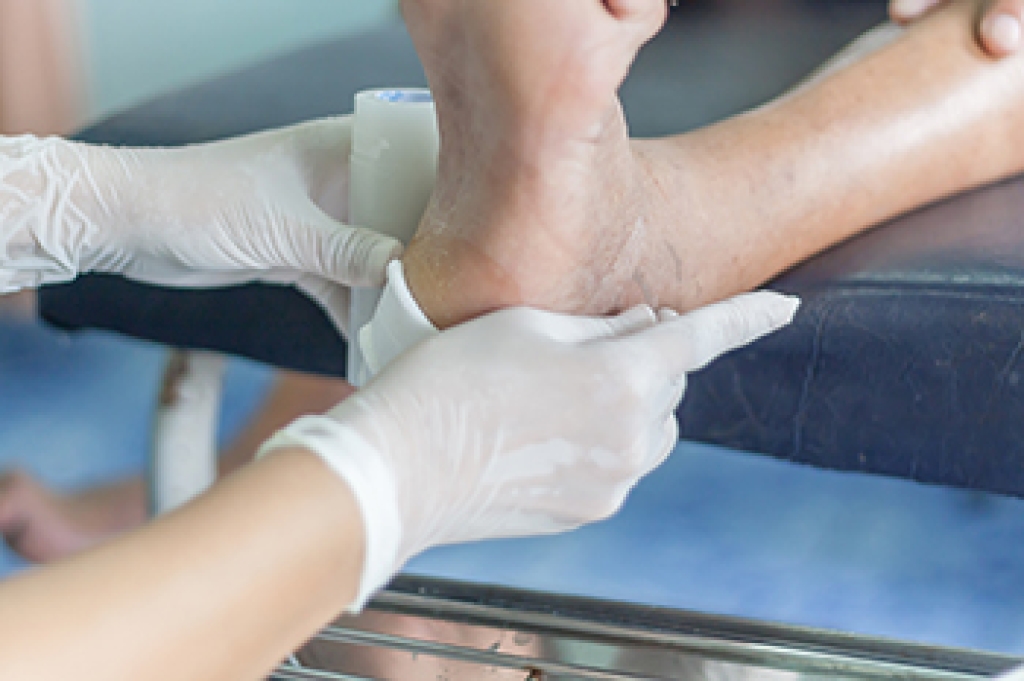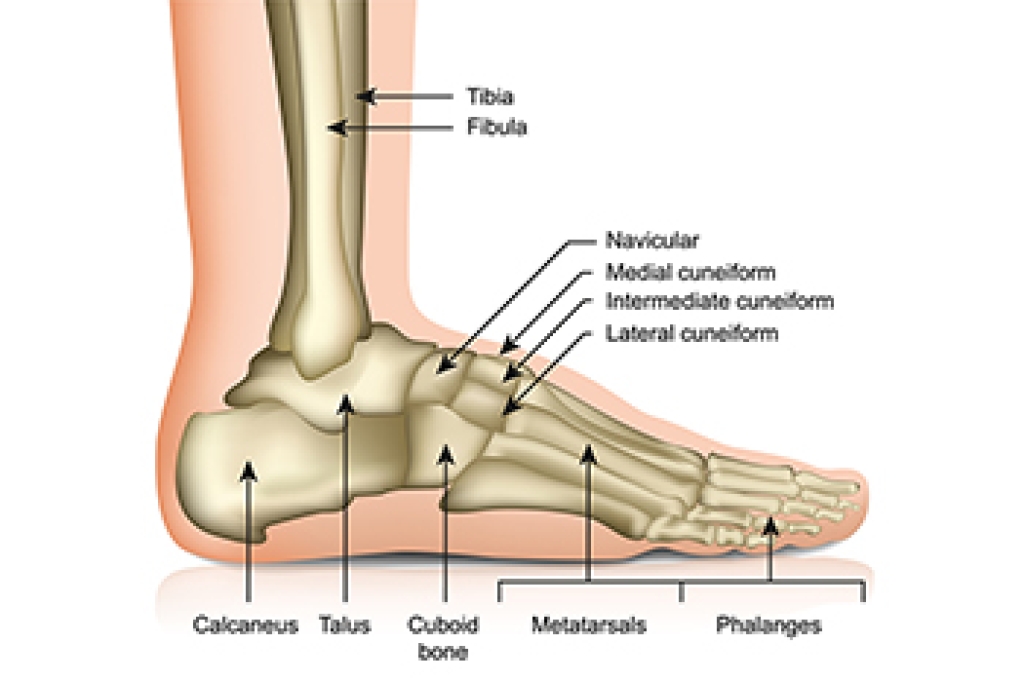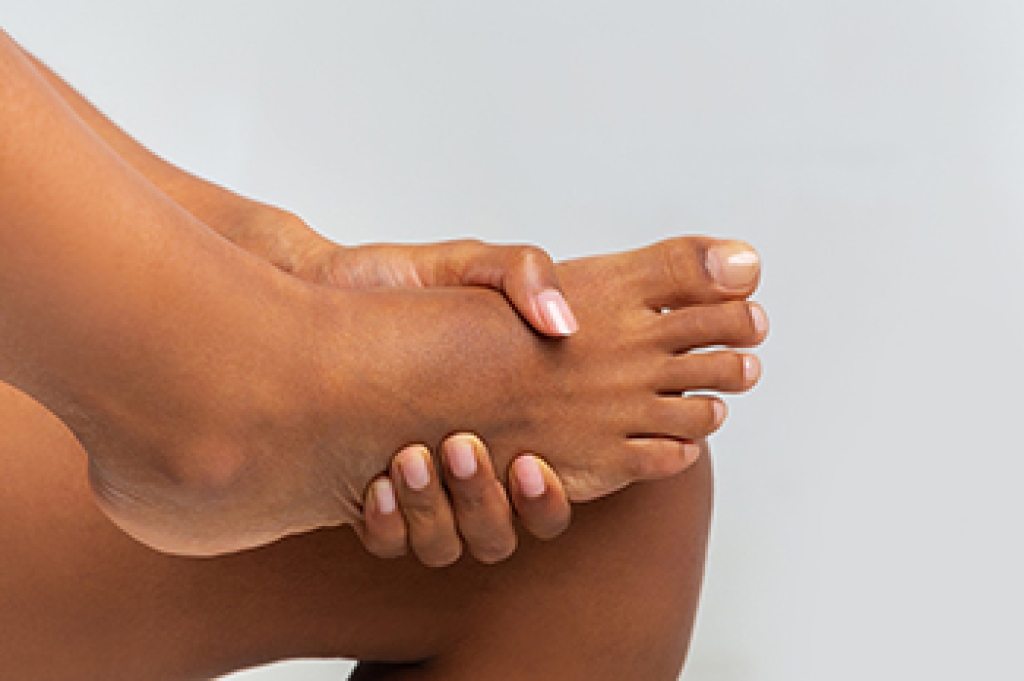
Foot ulcers require specialized care to remove dead tissue and promote healthy healing. Different types of wound care are used depending on the severity and condition of the ulcer. Sharp debridement uses sterile instruments to remove damaged tissue quickly and precisely. Autolytic and enzymatic methods rely on moisture or natural enzymes to help the body clear away unhealthy tissue more gradually. Mechanical debridement, which uses gentle cleansing or dressing changes, can aid in removing debris, though it must be performed carefully to protect healthy skin. For deeper or infected ulcers, hydrosurgical techniques may be used to target damaged tissue with pressurized saline for improved precision. A podiatrist can evaluate the ulcer, determine which type of wound care is most effective, and monitor healing progress. If you have a foot ulcer that will not heal, it is suggested that you make an appointment with a podiatrist for a diagnosis and treatment.
Wound care is an important part in dealing with diabetes. If you have diabetes and a foot wound or would like more information about wound care for diabetics, consult with one of our podiatrists from Foot Doctors of Utica. Our doctors will assess your condition and provide you with quality foot and ankle treatment.
What Is Wound Care?
Wound care is the practice of taking proper care of a wound. This can range from the smallest to the largest of wounds. While everyone can benefit from proper wound care, it is much more important for diabetics. Diabetics often suffer from poor blood circulation which causes wounds to heal much slower than they would in a non-diabetic.
What Is the Importance of Wound Care?
While it may not seem apparent with small ulcers on the foot, for diabetics, any size ulcer can become infected. Diabetics often also suffer from neuropathy, or nerve loss. This means they might not even feel when they have an ulcer on their foot. If the wound becomes severely infected, amputation may be necessary. Therefore, it is of the upmost importance to properly care for any and all foot wounds.
How to Care for Wounds
The best way to care for foot wounds is to prevent them. For diabetics, this means daily inspections of the feet for any signs of abnormalities or ulcers. It is also recommended to see a podiatrist several times a year for a foot inspection. If you do have an ulcer, run the wound under water to clear dirt from the wound; then apply antibiotic ointment to the wound and cover with a bandage. Bandages should be changed daily and keeping pressure off the wound is smart. It is advised to see a podiatrist, who can keep an eye on it.
If you have any questions please contact our offices located in Herkimer, and New Hartford, NY . We offer the newest diagnostic and treatment technologies for all your foot and ankle needs.




